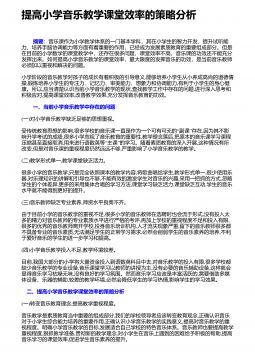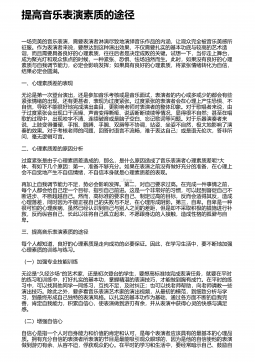3-外文翻译-智能节能窗户控制系统的设计
本科生毕业设计(论文)外文翻译原文标题智能窗户的研究与设计译文标题Researchanddesignofintelligentwindows第1页译文标题Increasinganindividual’squalityoflifeviatheirintelligenthome原文标题智能家居能提高个人的生活品质作者朱敏玲译名Zhumin,ling.国籍中国原文出处电子世界Increasinganindividual’squalityoflifeviatheirintelligenthomeThehypothesisofthisprojectis:cananindividual’squalityo...
相关推荐
-
探索分布式光纤测温传感器技术在粮库测温中的应用

 2023-05-23 93
2023-05-23 93 -
太阳能智能窗帘系统结构及软件设计

 2023-05-23 72
2023-05-23 72 -
试论中学思想品德课教学中的师生互动

 2023-05-23 69
2023-05-23 69 -
人工神经网络和元胞自动机数值仿真在金属防腐蚀中的运用

 2023-05-23 84
2023-05-23 84 -
延安市出租车市场运营管理中存在的问题及对策分析
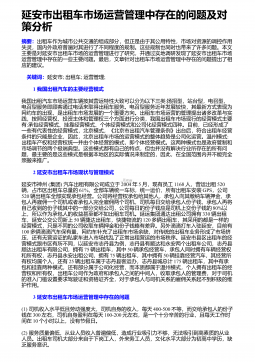
 2023-05-25 167
2023-05-25 167 -
无人机技术论文(热点论文6篇)

 2023-05-25 94
2023-05-25 94 -
注塑模具设计毕业论文(优选6篇最新范文)
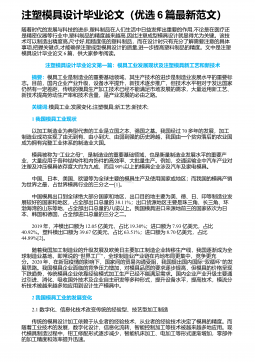
 2023-05-27 216
2023-05-27 216 -
智能小车毕业论文(独家整理6篇)
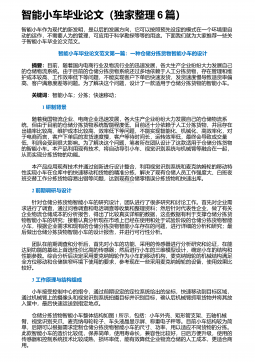
 2023-05-27 661
2023-05-27 661 -
智能窗帘论文(强烈推荐6篇)
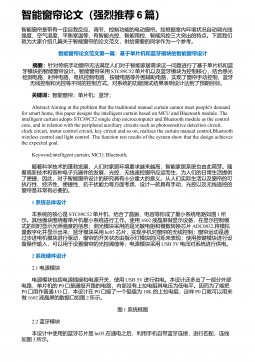
 2023-05-27 571
2023-05-27 571 -
直流电机调速系统仿真设计

 2023-05-27 70
2023-05-27 70
相关内容
-
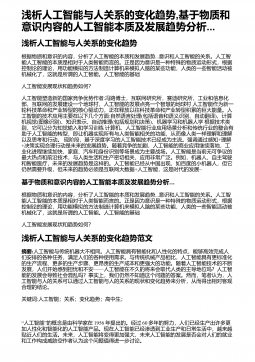
浅析人工智能与人关系的变化趋势,基于物质和意识内容的人工智能本质及发展趋势分析...
分类:课程设计课件资料
时间:2023-09-18
标签:无
格式:DOCX
价格:免费
-
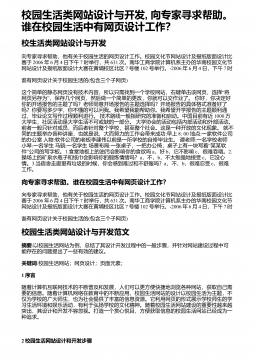
校园生活类网站设计与开发, 向专家寻求帮助。谁在校园生活中有网页设计工作?
分类:课程设计课件资料
时间:2023-09-18
标签:设计
格式:DOCX
价格:免费
-
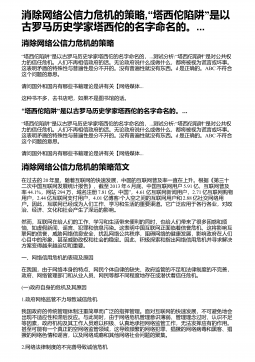
消除网络公信力危机的策略,“塔西佗陷阱”是以古罗马历史学家塔西佗的名字命名的。...
分类:课程设计课件资料
时间:2023-09-18
标签:无
格式:DOCX
价格:免费
-
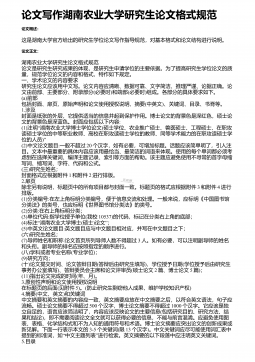
论文写作湖南农业大学研究生论文格式规范
分类:课程设计课件资料
时间:2023-09-18
标签:无
格式:DOCX
价格:免费
-
基于PLC的煤炭移动配送控制系统设计-机械毕业设计文献综述
分类:课程设计课件资料
时间:2023-10-10
标签:设计
格式:DOCX
价格:10 光币




